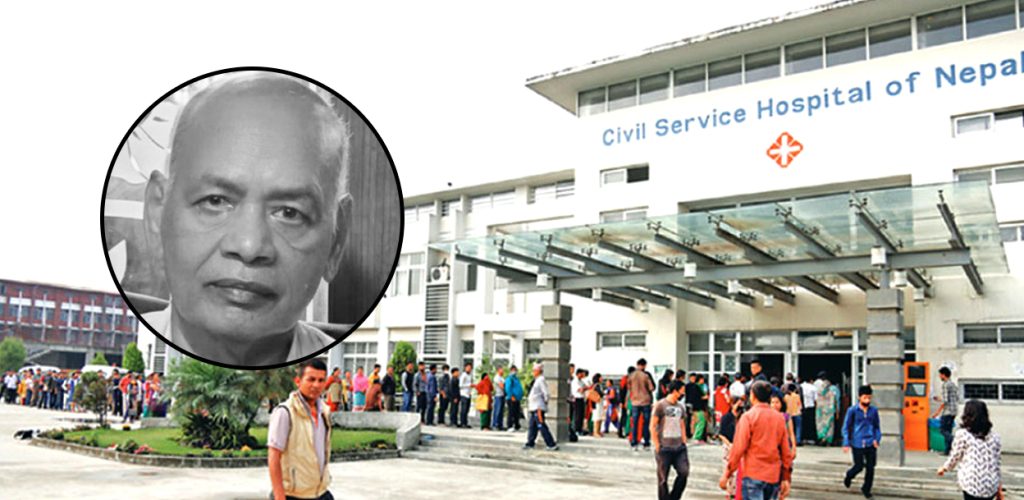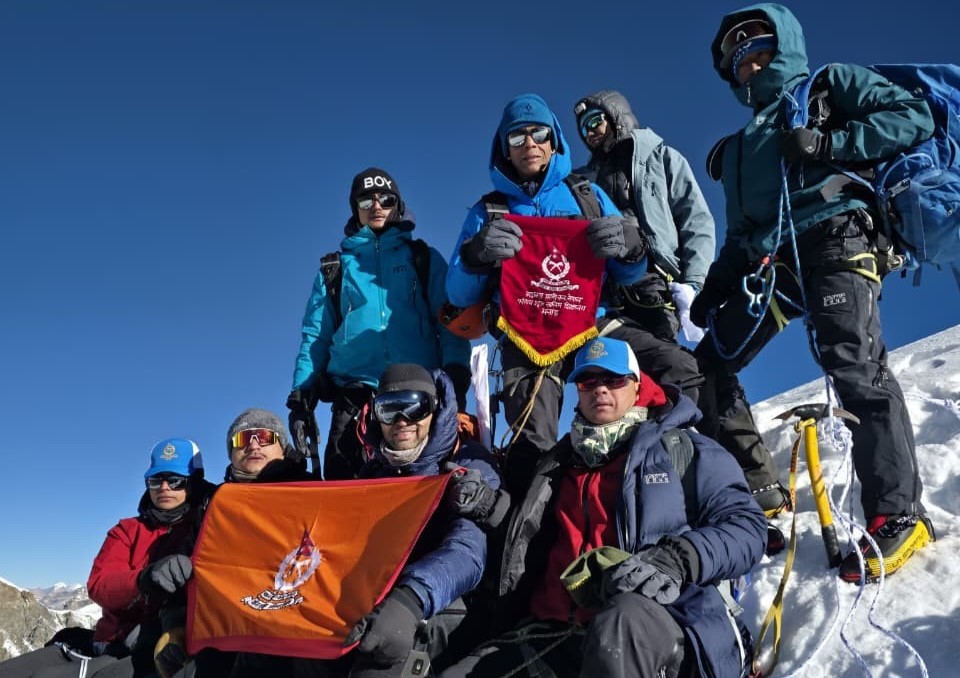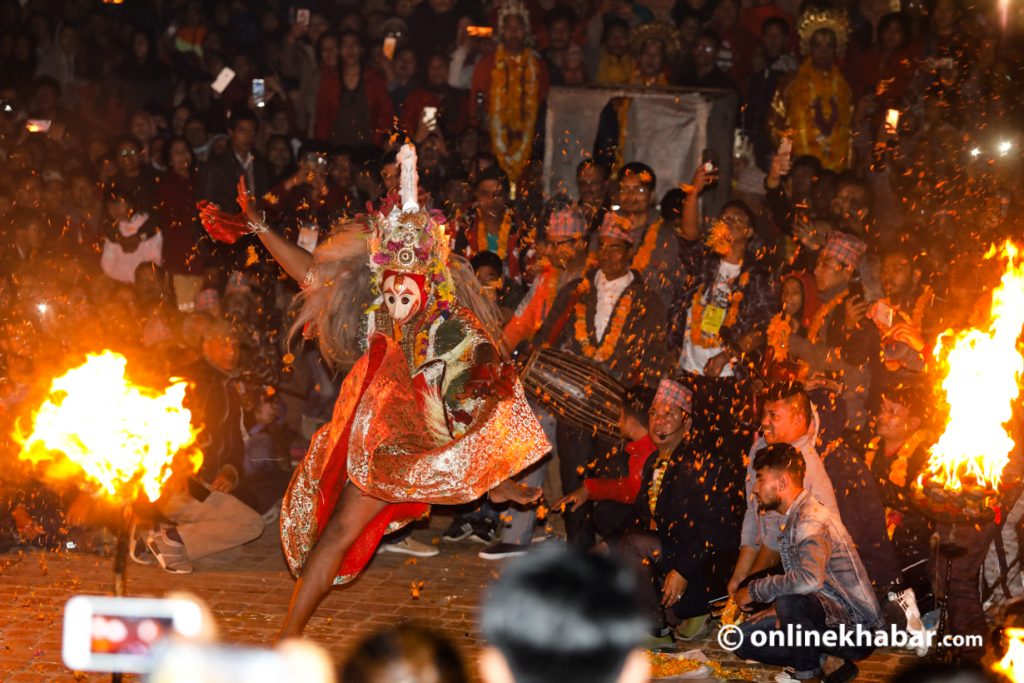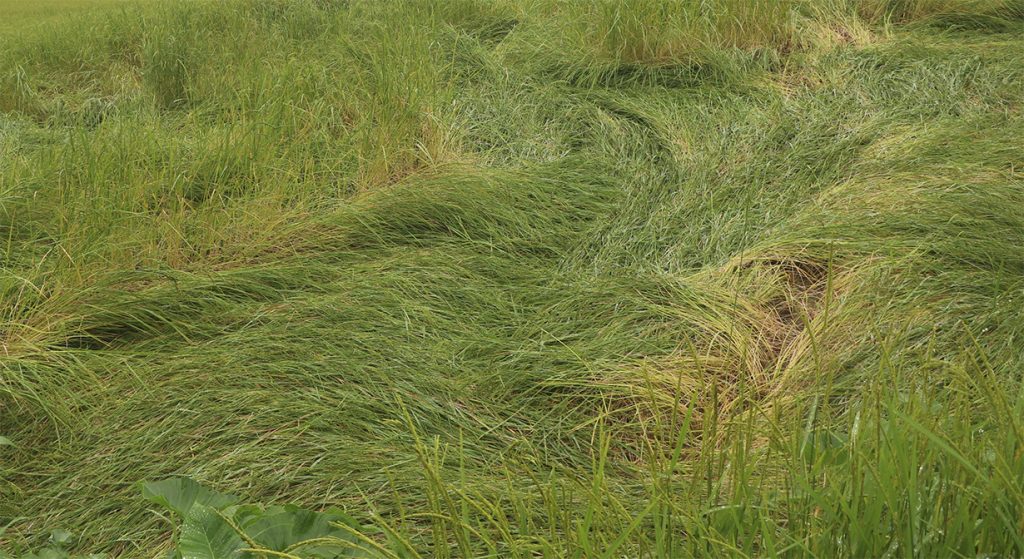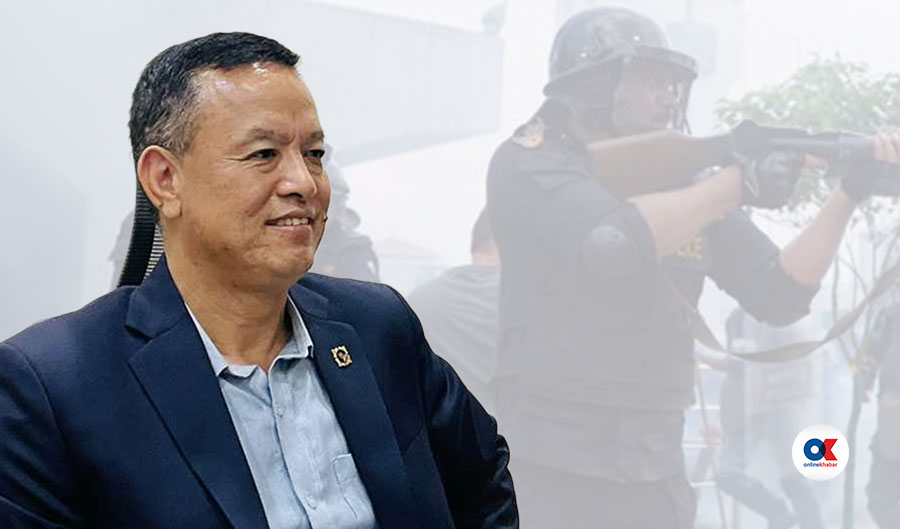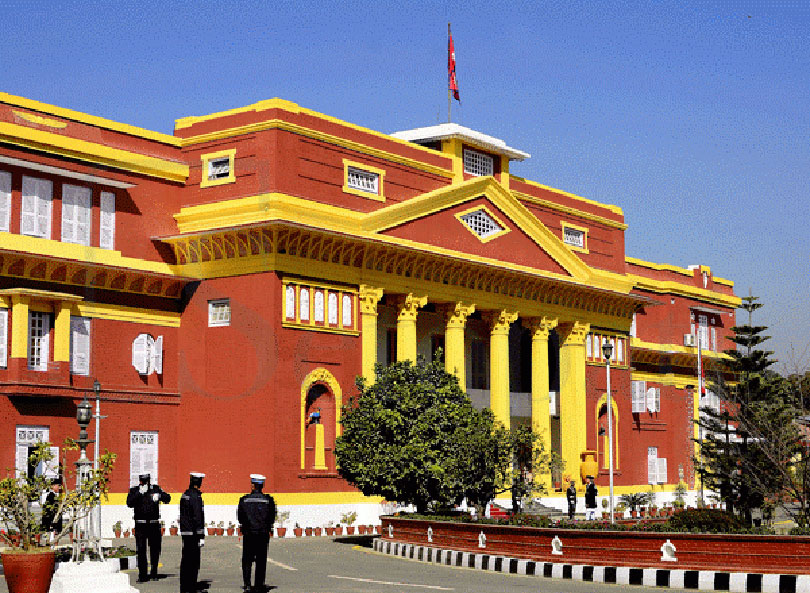
Nepal has had a number of prime ministers since 2008 when the country adopted a federal democratic system of government. These prime ministers have come from various political parties and have held office for varying lengths of time not exceeding three years at maximum by CPN-UML chairman and former PM KP Sharma Oli.
Various pre and post-electoral alliances have failed to deliver as of now and it is always an interesting topic to discuss the potential implications and considerations surrounding a move to the directly elected presidential system of governance in Nepal.
PM Pushpa Kamal Dahal is faced with the difficult decision and question of whether or not to support a shift to the presidential system of government as his party, the CPN-Maoist Centre, has been advocating for this, albeit not so strongly. Dahal has been described as both an insidious and crafty leader who will stop at nothing to achieve his goals, as well as a gentle and pragmatic leader who is able to appease opposing factions and gain the support of the media.
In the past, Dahal has expressed interest in becoming the first president of Nepal but has faced ridicule and a lack of support for this proposal. It remains to be seen how Dahal will reconcile these conflicting aspects of his leadership style as he considers the potential consequences of the presidential system for Nepal. It would definitely be a shock if the prime minister tables a constitution amendment proposal any day soon with the current tight political scenario.
But, still, whether Nepal should adopt the directly elected presidential system is still a matter of debate, and a lot of discussions are required before reaching a conclusion.
Forces to look at
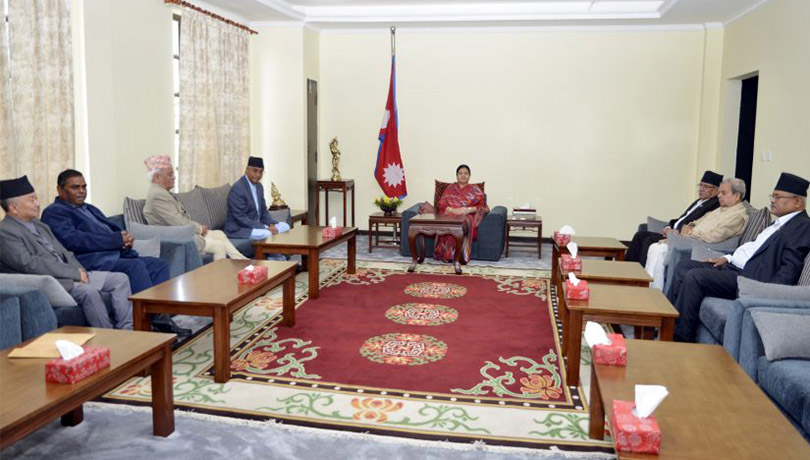
Besides the Maoist Centre, the Janata Samajbadi Party-Nepal and a few other political forces have expressed support for the directly elected presidential form of government and the fully proportional electoral system in order to promote political stability in Nepal.
However, these proposals have not been met with support from the Nepali Congress and the CPN-UML, the two biggest political forces in the country. It would be interesting to see how the proposed grand communist merger functions and how this issue gets positioned.
New power held by the Rastriya Swatantra Party (RSP) and its positioning and practice would be interesting in matters related to amendments to the constitution. Also, the activity of Rastriya Prajatantra Party (RPP) would be interesting as the house progress and agenda progressed.
Nepal has consistently seen and witnessed significant political debate over the proposal to shift to the presidential system of government, especially during elections. The current system, which includes a parliament and a prime minister, has faced criticism for its lack of stability and efficiency, leading some to argue that the presidential system would be a more effective solution. However, others argue that such a change would have significant consequences and may not address the root causes of Nepal’s political challenges.
This has become a valid debate with the recent case of the dissolution of the five-party alliance led by the Nepali Congress and the recently reformed coalition among major communist forces.
The question of political stability
One of the main arguments made by proponents of the presidential system is that it would bring stability and efficiency to the government by allowing the president to make decisions without interference from other branches of the government.
In the parliamentary system, the prime minister is dependent on the support of legislators and may be forced to compromise on key policy decisions in order to maintain their position. A president, on the other hand, would be able to make decisions independently and more easily implement their agenda. This would directly influence a nation’s progress or distress based on the quality of the leader and leadership proposition with bureaucracy.
Additionally, some proponents argue that the presidential system would better reflect the will of the people, as the president is directly elected by the public rather than chosen by legislators.
In the parliamentary system, the prime minister is not directly elected by the people and may not have a strong mandate to govern. A president, on the other hand, would have a direct mandate from the public and would be more accountable to voters.
However, there are also strong arguments against the adoption of the presidential system in Nepal. Opponents argue that such a system could lead to an overly powerful executive branch and a weaker legislature, potentially undermining the checks and balances that are necessary for a healthy democracy.
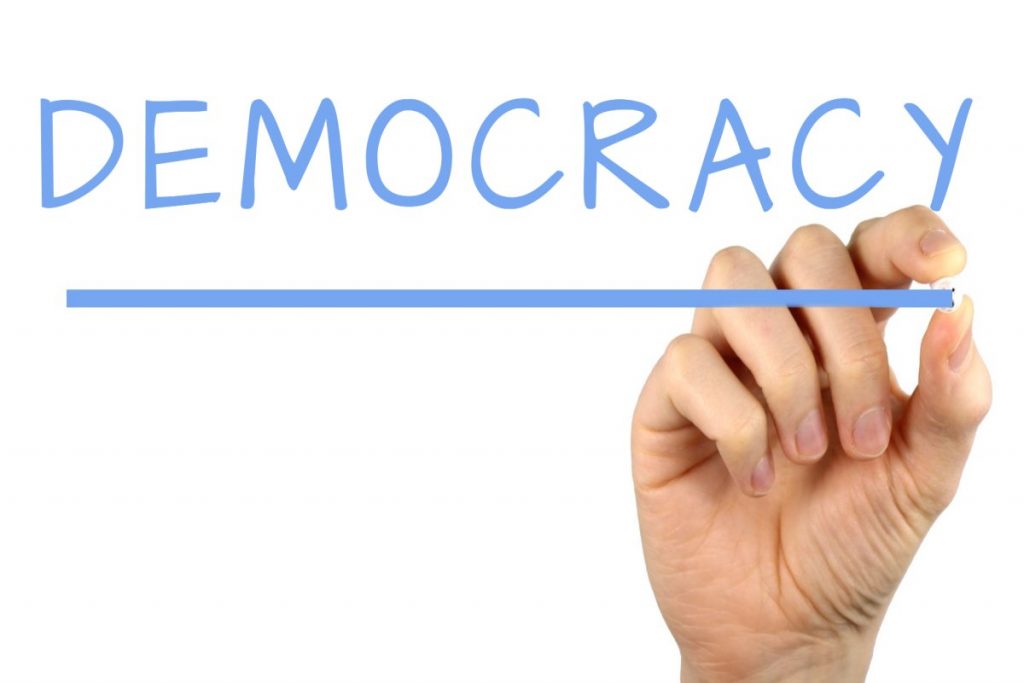
In the presidential system, the president has the ability to veto legislation and may be less accountable to the legislature than a prime minister in the parliamentary system. Another concern is that the presidential system could lead to a more divisive political climate as the president would be directly representing a particular political party or ideology.
In the parliamentary system, the prime minister is typically chosen from the party that holds the most seats in the legislature and must work with other parties in order to govern effectively. A president, on the other hand, maybe more likely to prioritise the interests of their own party over the needs of the country as a whole.
In order to adopt the presidential system in Nepal, the constitution would need to be amended. This process would involve the House of Representatives and would likely require a significant amount of time and political negotiation. There may also be challenges in obtaining the necessary support from other branches of government and the public.
The major question is whether PM Dahal manages to bring communist forces together in the agenda of the presidential system and table the amendment proposal.
Other impacts
If Nepal were to shift to the presidential system, it could have significant consequences for the balance of power between branches of government, the distribution of resources, and the representation of different groups within society. The stability and effectiveness of the government could be impacted as could the broader political climate in the country.
Ultimately, the decision of whether to adopt the presidential system in Nepal is a complex one, with valid arguments on both sides. It is important for the government and the people of Nepal to carefully consider the potential pros and cons of such a move before making a decision that could have significant consequences for the future of the country.
In the context of Nepal’s political landscape, it is possible that a referendum could be held to gauge public support for a particular issue or proposal, such as the adoption of the presidential system of governance or the restoration of a monarchy or the continuation of the parliamentary system.
But, we are yet to see how the newly formed government plans its honeymoon and settles down.





